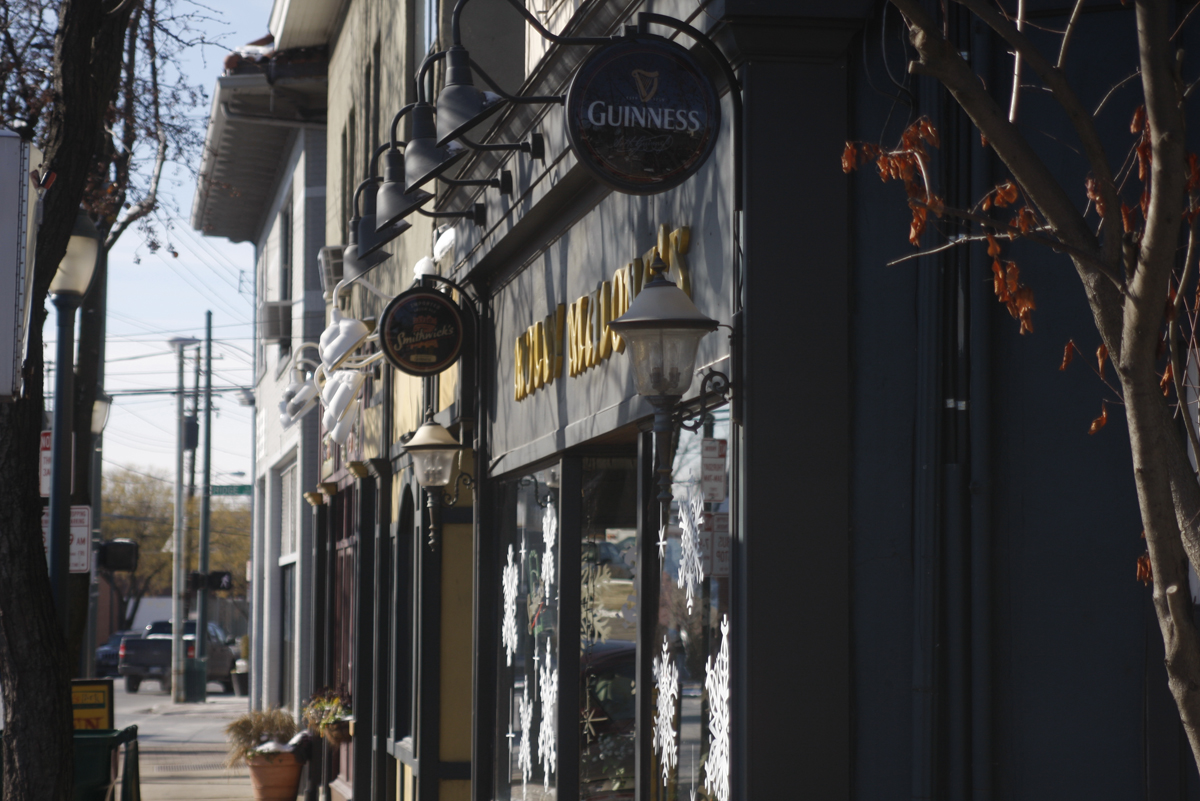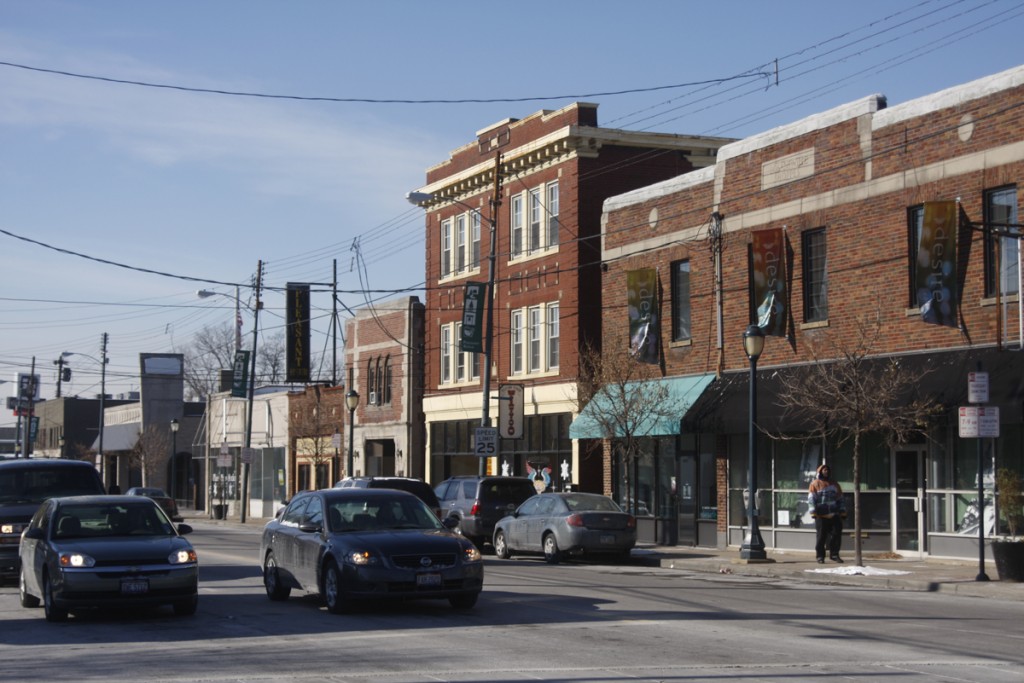[This story was originally published in the Cincinnati Business Courier print edition on December 31, 2010. Visit the original story for more comments, thoughts and opinions on Pleasant Ridge’s designation as a Community Entertainment District – Jennifer.]
The Pleasant Ridge Development Corporation recently announced that the neighborhood of Pleasant Ridge has been approved as a Community Entertainment District by Cincinnati City Council. It is the first designation for a neighborhood business district in Cincinnati, and the PRDC hopes the recognition will result in a revitalized district by bringing in new and unique restaurants to the area.
As defined by Ohio law, the designation will allow the State to issue up to five new liquor licenses that will bypass expensive broker fees. The designation does not change any qualification standards for license seekers, and the licenses will be an ongoing asset to the business district since they cannot be transferred outside of the district’s boundaries the way standard liquor licenses are able.
Pleasant Ridge community leaders believe that they already have a unique business district with several unique restaurants including Molly Malone’s, Ethopian restaurant Emanu, and vegan eatery Loving Cafe. But they hope that by making it easier to obtain a liquor license, there will be more restaurants that will be willing to open in the area.
“I’m thrilled to help push forward a great idea, and I applaud the engaged Pleasant Ridge citizens for their vision and creativity,” said Cincinnati City Council member Laure Quinlivan.
Hamilton County currently has three CEDs: two at The Banks and one at Anderson Towne Center. The next closest CED is in Butler County on the property surrounding Jungle Jim’s in Fairfield. Quinlivan and other members of the Quality of Life committee passed the resolution approving Pleasant Ridge as an entertainment district, and other council members followed suit shortly after. Alcohol distribution attorney Brad Thomas says that CEDs will become more prevalent for other areas of Cincinnati in the years to come.
“The Community Entertainment District is a great opportunity for neighborhoods that want to shape their entertainment options,” Thomas explained. “CEDs allow a neighborhood to draw the boundaries of where activity will take place so they can prevent late night entertainment in residential areas – if they so desire.”
Another positive outcome attributed to the entertainment districts is that specifically zoning the areas for liquor licenses ensure that the licenses will not be bought up and moved to a different neighborhood to keep up with the hot spots. This, Thomas says, is a problem that often afflicts the entertainment industry.
“CEDs are really a win-win situation for everyone involved,” says Thomas. “A neighborhood gets new activity, the city gets new jobs, and the state gets new revenues from the liquor permits issued.”
As The Banks continues to develop, a CED will be incorporatd into each of its phases in order to allow new bars and restaurants to quickly open without having to wait for expensive liquor licenses. Casino supporters have discussed applying for a CED in the Broadway Commons area to create, along with the Cincinnati Streetcar, an “activity bridge” of bars, restaurants and nightlife that will integrate the Casino with the rest of the downtown area.
Photography by UrbanCincy contributor Ronny Salerno.


